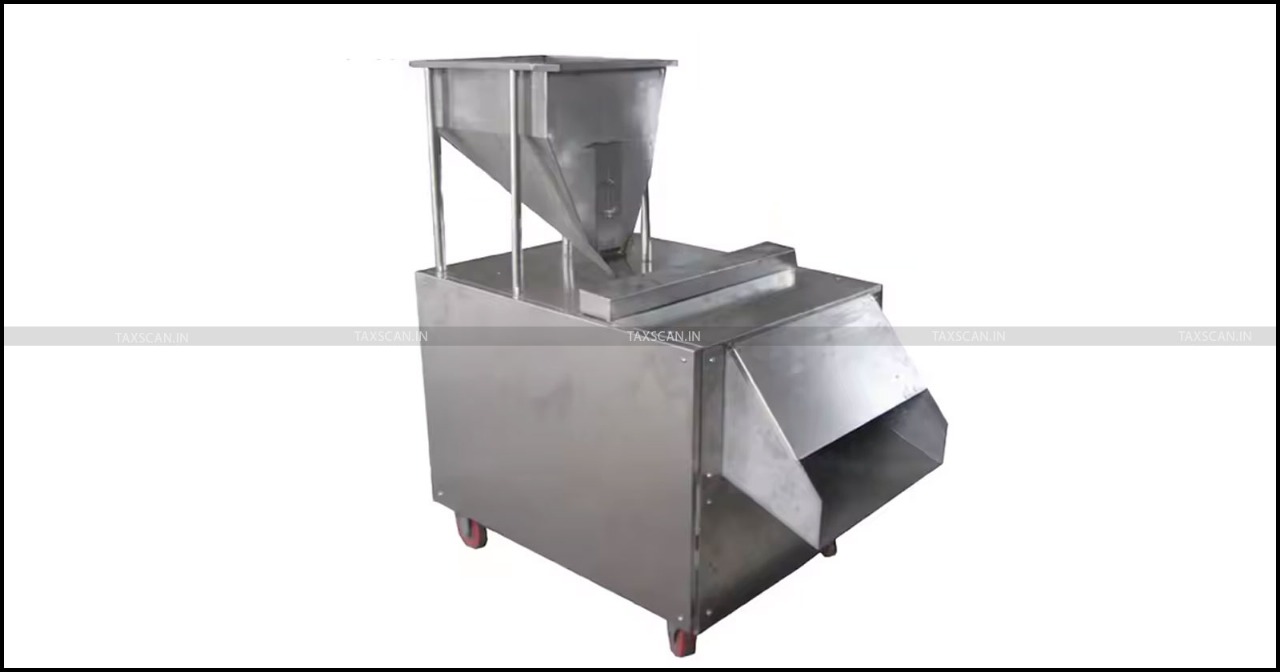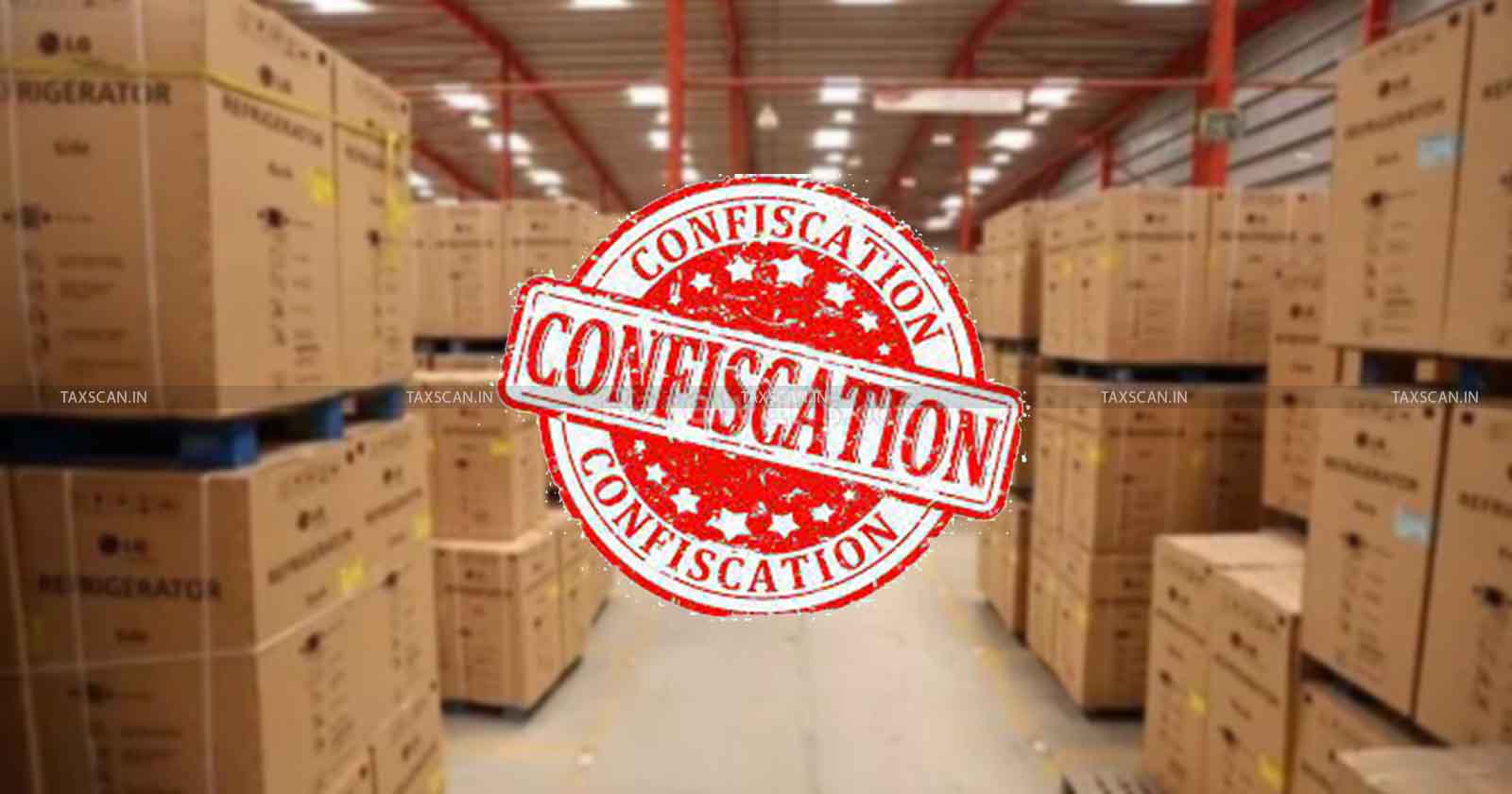Cement Acted Only as Binder, Not Primary Base: CESTAT rules Sand Lime Bricks Cannot Be Classified as Cement Bricks [Read Order]
CESTAT held that bricks made using sand and lime with minimal cement are not "cement bricks" and are eligible for duty exemption.
![Cement Acted Only as Binder, Not Primary Base: CESTAT rules Sand Lime Bricks Cannot Be Classified as Cement Bricks [Read Order] Cement Acted Only as Binder, Not Primary Base: CESTAT rules Sand Lime Bricks Cannot Be Classified as Cement Bricks [Read Order]](https://images.taxscan.in/h-upload/2025/07/23/2067950-sand-lime-bricks-taxscan.webp)
The Chennai Bench of the Customs, Excise, and Service Tax Appellate Tribunal (CESTAT) ruled that bricks manufactured using sand and lime with cement acting only as a binder cannot be classified as "cement bricks" and are rightly classified as "sand lime bricks" (SLB), making them eligible for exemption under Notification No. 1/2011-CE.
Renaatus Procon (P) Ltd., the appellant, manufactured autoclaved aerated bricks and classified them under sub-heading 6810 11 90 of the Central Excise Tariff Act as sand lime bricks, availing exemption from duty. The department issued show cause notices for the periods April 2013 to May 2014 and June 2014 to March 2015, alleging that the bricks were actually "cement bricks" classifiable under sub-heading 6810 11 10, and denied the benefit of the exemption notification.
Comprehensive Guide of Law and Procedure for Filing of Income Tax Appeals, Click Here
 Also Read:No Countervailing Duty on Areca Nut Processing Machines Imported for Pan Masala Production: CESTAT [Read Order]
Also Read:No Countervailing Duty on Areca Nut Processing Machines Imported for Pan Masala Production: CESTAT [Read Order]
The Original Authority upheld the department’s view and confirmed the demands with interest and penalties. Aggrieved by the orders, the appellant filed appeals before the CESTAT.
The appellant's counsel argued that the bricks were made primarily from sand and lime, with only 10–13% cement added as a binder, and that the manufacturing process involved steam curing in autoclaves, characteristic of SLB.
They submitted lab reports, dictionary definitions, and technical literature supporting the claim that the product was not a cement brick. It was also argued that the department relied on inconclusive test reports and competitor statements without expert evaluation.
The revenue counsel supported the classification change, arguing that cement was present and the product should be treated as a cement brick. The department also pointed to invoices and declarations to support its position.
Understanding Common Mode of Tax Evasion with Practical Scenarios, Click Here
 Also Read:Temporary Storage Outside Bonded Area is Not Unauthorized Removal: CESTAT Quashes Customs Confiscation and Penalty [Read Order]
Also Read:Temporary Storage Outside Bonded Area is Not Unauthorized Removal: CESTAT Quashes Customs Confiscation and Penalty [Read Order]
The two-member bench comprising P. Dinesha (Judicial Member) and M. Ajit Kumar (Technical Member) observed that the essential ingredients of the product were sand and lime, and cement was used only in small quantities as an additive. The tribunal also observed that the product met the HSN explanatory note for sand lime articles and was manufactured using the SLB process, including high-pressure autoclaving.
The tribunal further observed that the department failed to provide expert reports or sufficient evidence to justify reclassification. It rejected the reliance on competitor statements and noted that modern machinery used for SLB and AAC bricks could be common.
The tribunal held that the goods were correctly classified as sand lime bricks under sub-heading 6810 11 90 and that the denial of exemption under Notification No. 1/2011-CE was unjustified. The impugned orders were set aside, and the appeals were allowed with consequential relief. The appeal was allowed in favor of the appellant.
Support our journalism by subscribing to Taxscanpremium. Follow us on Telegram for quick updates


